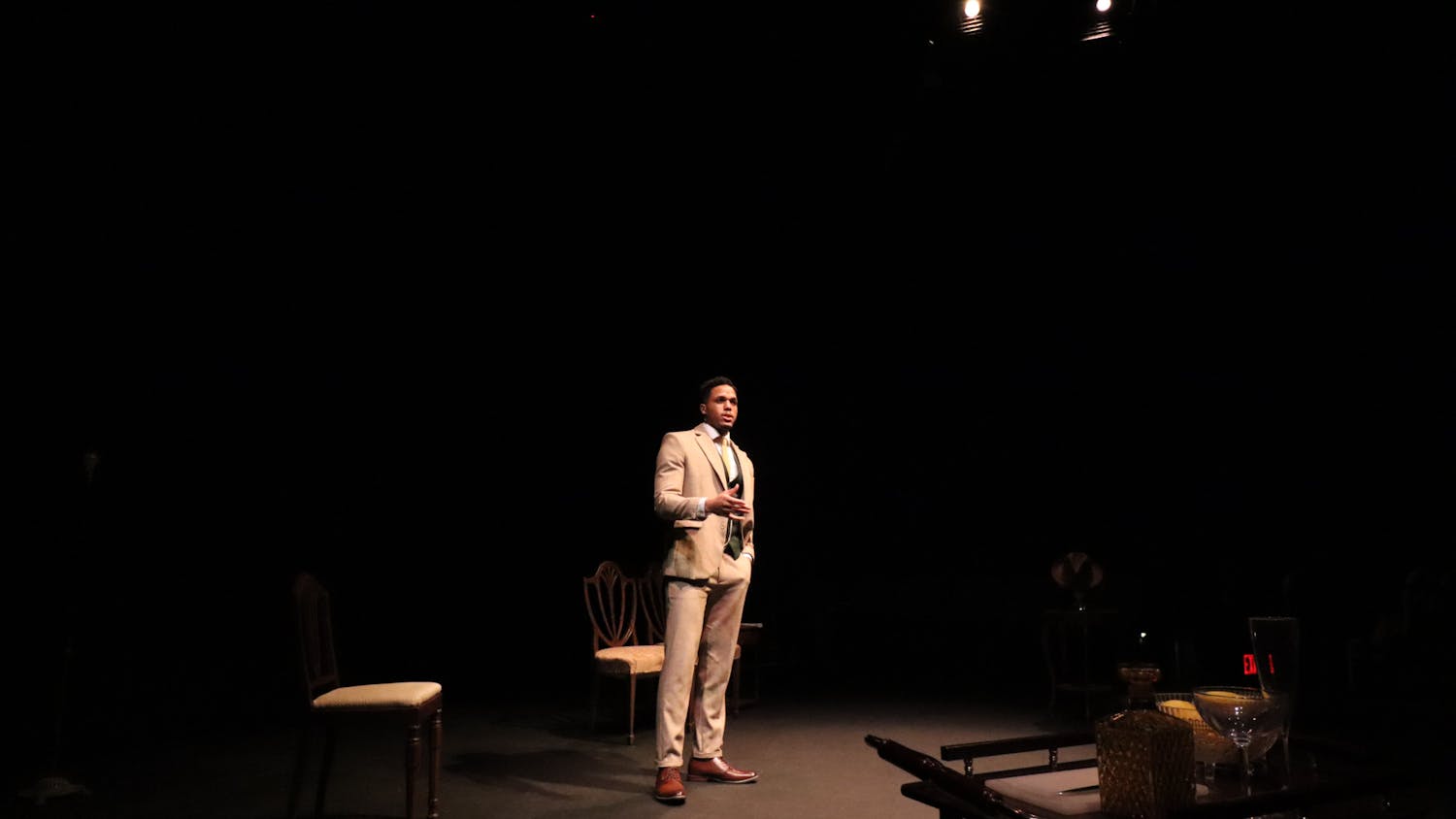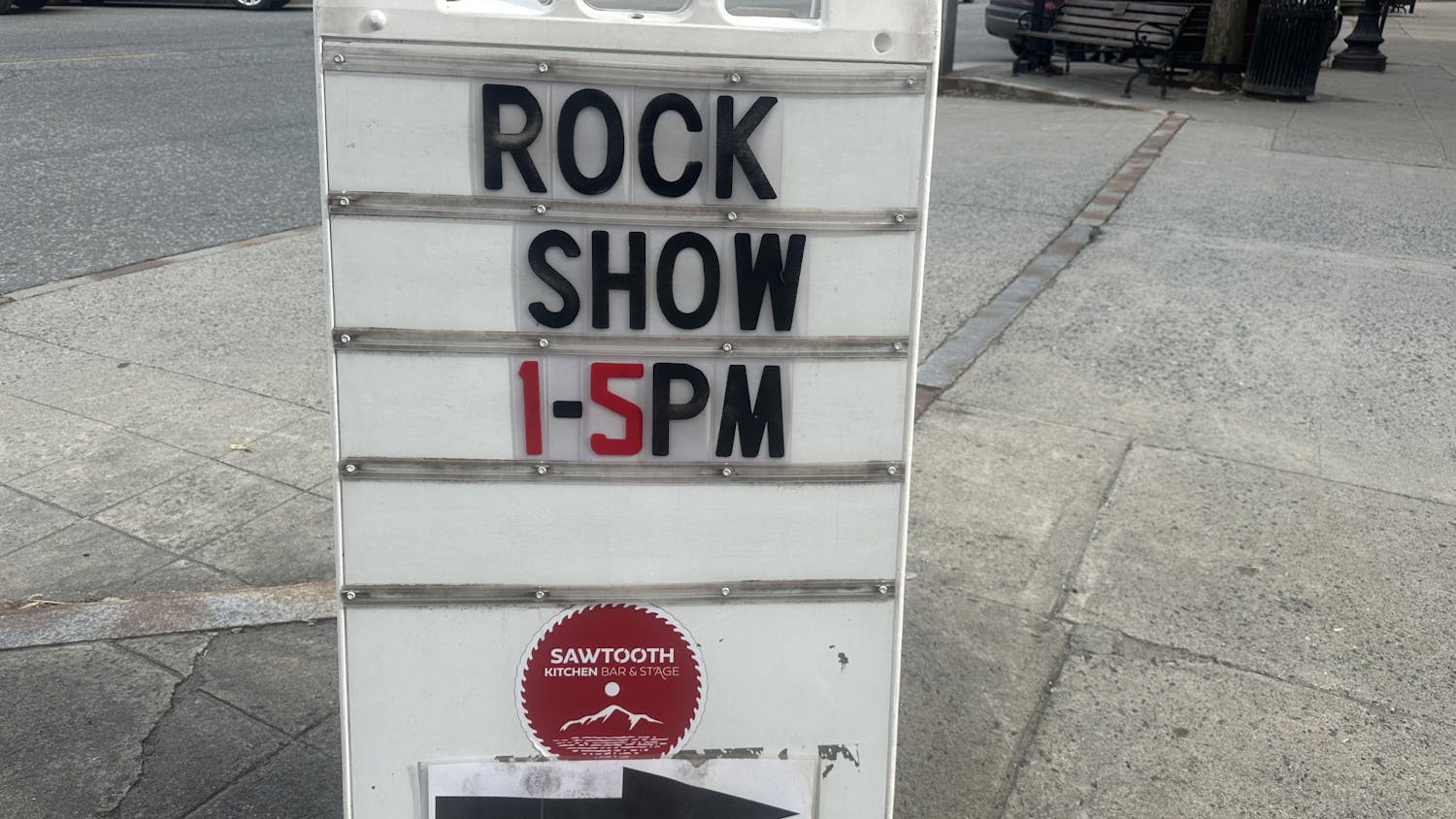As I prepared to write this review, it occurred to me that “Ant-Man and the Wasp” is the fourth Marvel Cinematic Universe film I’ve reviewed since the beginning of the year. To phrase it another way, the MCU is 10 years old and already has produced twice that number of films and a myriad of shows on Netflix, ABC, Hulu and Freeform. Add on top of that the travesty that is the DC Extended Universe, as well as films like “Incredibles 2” that don’t fall into either franchise, and it’s fair to say that the superhero genre has reached a saturation point. However, there seems to be a misconception among the uber-fanboys of the genre that any mention of this saturation point is to cast a pejorative light on all recent superhero fare. To be clear, the problem is the overall quantity, not the quality of the individual films. In fact, most of these films, on their own terms, are decent, and the same goes for the MCU’s most recent release, “Ant-Man and the Wasp.”
In “The Problem with DC Action Scenes,” video essayist Evan Puschak argues that franchises like “Mission: Impossible,” “The Fast and the Furious,” “John Wick” and especially the MCU are all built on the following formula: three or four good action sequences, a serviceable plot, charismatic characters and some laughs. Puschak contends that while this formula might not produce the most original or memorable work, it tends to be pretty satisfying. Audiences may not be inclined toward repeat viewings, but they typically won’t be disappointed at having bought a ticket.
The problem with the MCU, particularly in contrast to other superhero franchises, is that the films display blatant potential to be so much more than that simple formula, but often aren’t. That is not to say that the MCU has never produced a film that transcended the boundaries of Puschak’s formula: “Thor: Ragnarok” and “Black Panther” exceeded superhero film norms. In turn, I argued in my review on “Thor: Ragnarok” that it was indeed one of the most original and memorable films in recent memory. The same adjectives apply to “Black Panther,” a similarly compelling pop culture artifact, and the excellence of the two films was amplified by the fact that they were released back-to-back. It’s telling that only a film as massive and anticipated as “Avengers: Infinity War” could temporarily stave off the inevitable disappointment that would result from this new high bar.
But now the dust has settled, and “Ant-Man and the Wasp” gets to be the first case study in whether the MCU has made a marked turn for the better. Admittedly, I was skeptical even before “Thor: Ragnarok” reached new heights. The first “Ant-Man” isn’t a bad film, but it suffers from hewing too faithfully to Puschak’s formula while failing to properly justify its existence within the broader context of the franchise. Relative to the rest of the MCU, it feels like a blip about the size of its titular protagonist.
Thankfully, the sequel manages to be an improvement in almost every regard. For one thing, the film at least attempts to critically examine the man-child tendencies of its protagonist, Scott Lang (alter-ego of the titular Ant-Man). Admittedly, his characterization faces the same dilemma that always encumbered the portrayal of Peter Quill, the protagonist in the “Guardians of the Galaxy” films. Both characters need to learn to grow past their immaturities, yet those immaturities are just as often presented as relatable qualities, particularly for male viewers. Like the “Guardians” films, “Ant-Man and the Wasp” never quite resolves this contradictory framing, but this time around, the effort to point out the problematic aspects of Scott’s character is clearly there.
Additionally, the film also more fully embraces the familial focus that has dominated more recent MCU films. Just as “Guardians of the Galaxy Vol. 2,” “Spider-Man Homecoming,” “Thor: Ragnarok,” “Black Panther” and “Avengers: Infinity War” all examine complex relationships with father figures, “Ant-Man and the Wasp” proceeds along a similar trajectory. In fact, the screenplay would have benefited from embracing this angle even more. For example, the film’s antagonist Ava Starr (Hannah John-Kamen) is both the most interesting character and decidedly the most underutilized. Her father-daughter dynamic with Bill Foster (Laurence Fishburne) is absolutely engrossing. John-Kamen and Fishburne go toe-to-toe in these scenes, crafting the film’s most indelible moments that should have been explored further.
In place of more moments featuring their complex relationship, we get subplot after subplot after subplot. There’s Scott and his friends trying to open a security firm, Scott trying to convince the FBI that he is actually under house arrest, Dr. Hank Pym (the original Ant-Man) and his daughter Hope (the Wasp) trying to save Hank’s long-lost wife, Ava’s efforts to use Hank’s wife to save herself and a Southern gangster trying to steal Hank’s technology. Add on to that Scott attempting to balance his love for his daughter, Cassie, with his returning feelings for Hope, and you’ve got yourself one busy film.
That isn’t a bad thing, per se. A lot of what I just described makes for fun content. But by the end of the film, it ultimately just feels like one thing after another. Action scenes, character motivations and jokes pile up on top of each other like it’s all a game of Jenga, and it’s often just as unstable — all before you even get to the mid-credits scene, which attempts to tie the film into the timeline of “Avengers: Infinity War.” That moment alone is a quintessential example of how damaging the “extended universe” concept can be to the individual films in a franchise. It actively undermines the conclusion of the film proper and makes everything that came before seem relatively insignificant.
All of this is to say that “Ant-Man and the Wasp” often feels as though it’s being pulled in different directions by two magnetic poles. On one hand, it clearly wants to be like its predecessor: just another fun, disposable superhero flick amongst the MCU menagerie. The countless, often weightless, subplots attest to this fact. But in its better moments, the film reaches for greatness, emulating the higher standard created by the MCU’s more recent outings. It never quite reaches those heights; it’s still too reliant on the formula. But the fact that I’d be more than willing to watch it again is, in and of itself, no small feat.



